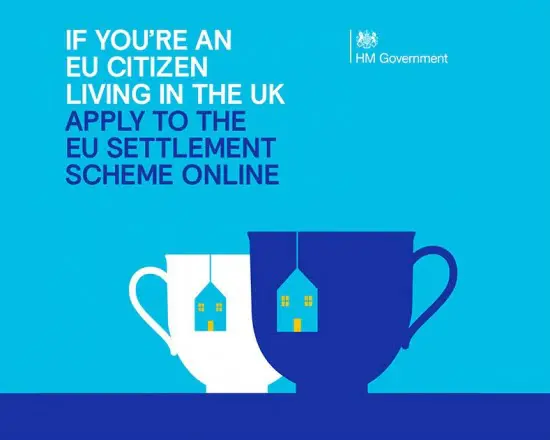Spanish and EU residents in the UK after Brexit. Brexit will involve a lot of changes that are sometimes discussed with generic terms like trade relations or border agreements. However, behind these terms and the numbers expressed to explain them, there are hundreds of thousands of people who will be affected by changing transnational relationships and legislation between the UK and the rest of Europe.
One of the defining factors in the bilateral relationship between Britain and Spain is their intense exchange of people. On the one hand, many pensioners and those aspiring to retire soon have purchased properties in Spain. On the other, many young and not so young people have moved to London and elsewhere in the UK seeking better career opportunities.
The fate of the latter, particularly in these times of health and economic crisis, is worrying. Britain has much to gain from unlocking the potential of Spanish residents. Many Spaniards work for the NHS and related support organisations. Most of these expats, in any case, make substantial contributions through their taxes, and are also sources of economic activity through their consumption. Spanish is more and more becoming an essential language for Brits who seek careers in internationally-focused industries, particularly because of the growing role of Latin America in the global economy. Finally, if diplomacy took a turn for the worse, safeguarding the rights of Spaniards in the UK could contribute to reciprocity with regard to Brits in Spain.
In any case, time will tell if both governments choose flexibility or remain rigid. In the meantime, London has developed the EU settlement scheme for Spanish citizens and others coming from countries in the European Union. Calculations by the House of Commons research briefings establish that at least 4 million people would be affected by the scheme. In this first blog post, we will review the European Union Settlement Scheme; in the next one, we will review its tax and economic implications.
The EU settlement scheme (EUSS): timing and implications for European Union citizens in Britain
The EU settlement scheme is included in the second part of the UK-EU Withdrawal Agreement. It aims to solve the uncertainties involved around the right to remain in the UK for citizens of the European Union and the European Economic Area, during and beyond the current period of transition. That is, from 2021 onwards. In the past, these citizens were covered through the framework of European Union treaties, particularly the Citizens Directive (2004/38/EC). The first consequence of the new legislation was to remove these provisions and basically grant EU and EEA citizens the same status as any other migrants. However, the EU settlement scheme sought to guarantee the rights of those who had entered the country before 2021.
The scheme identifies two kinds of status:
- Settled. The applicant has indefinite right to remain in the United Kingdom.
- Pre-settled. The applicant is granted a five-year period during which it has the right to remain in the United Kingdom.
Until July 2020, according to the Home Office, 3.7 million people had already applied to the scheme, with a success rate (that is, settlement or pre-settlement) of 93%. This means, on the other hand, that 7% applications had been turned down. Of course, the official number only accounts for those using the application provided by the Home Office. This application automatically assesses suitability by relying on information provided by HRMC and the Department for Work and Pensions (DWP). The process is wholly digitalised: the outcome is merely registered digitally, and no physical card or proof are provided.
From the point of view of legislation, this scheme transfers citizenship or the right to remain from a declarative to a constitutive regime. Under previous EU law, of the declarative kind, both British expats in Europe or Spaniards in the UK were simply allowed to stay because of the operation of law. After June 2021, EU nationals, as any other migrants, will have to certify their right to remain in processes like obtaining a driving license, opening a bank account or seeking employment. The EU settlement scheme makes these rights constitutive, which means European migrants will only be allowed to stay or asked to leave according to the Home Office’s requirements.
At the moment, these requirements include:
- Proof of residency in the UK for a continuous period of five years for settled status.
- Less time will translate into pre-settled status.
- Interruptions to these residency periods can be no longer than 6 months in a year.
- Evidence to be used: automatic checks with HMRC and the DWP, tax returns, PAYE records.
Patterns of work
Global patterns of work today might make some checks difficult. For instance, what if a Spanish professional based in London requires substantial travel around Europe, but still reports to headquarters in the UK? What about those who work between two or more countries, such as the UK and France? The agencies in charge of these checks will have to be flexible in the type of evidence they accept, as they could end up rejecting genuine residents because of badly defined rules.
Another unexamined issue is the impact of these residence requirements and schemes on taxation, which is of course largely determined by location. In the next post on the subject, we will examine the important economic implications of the EU settlement scheme for Spanish and other European residents in the United Kingdom.







